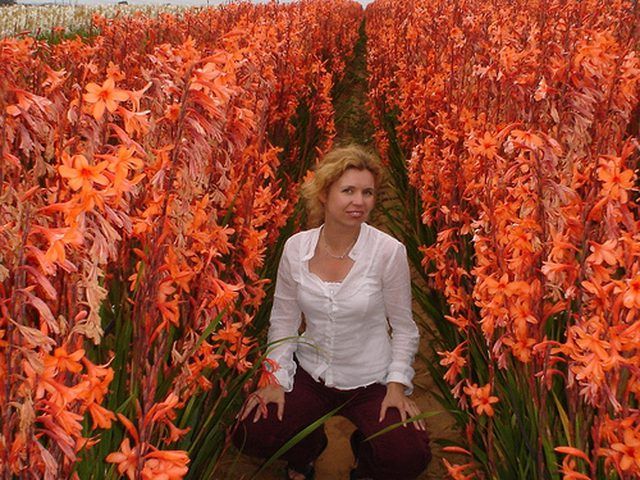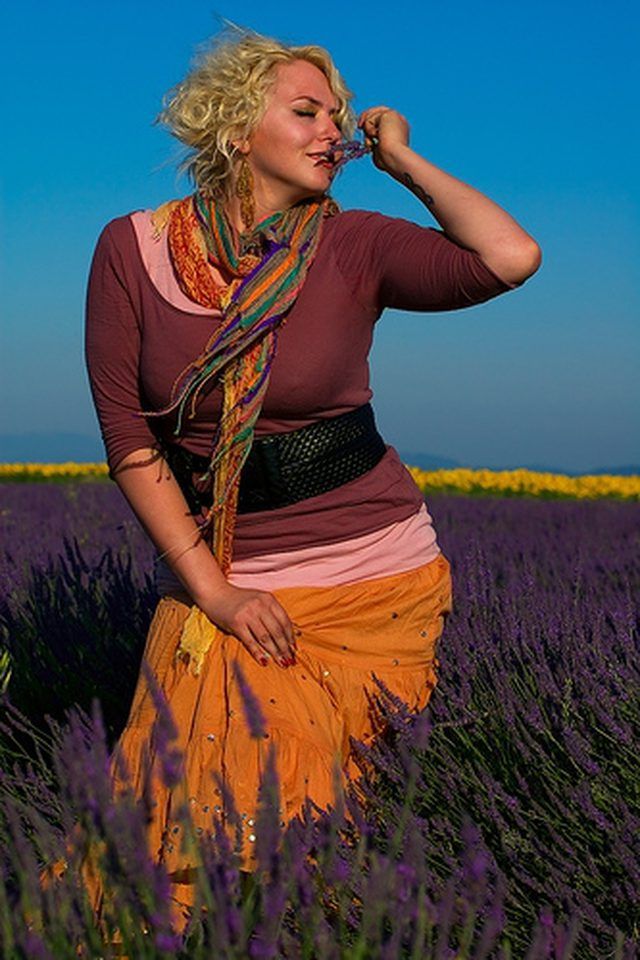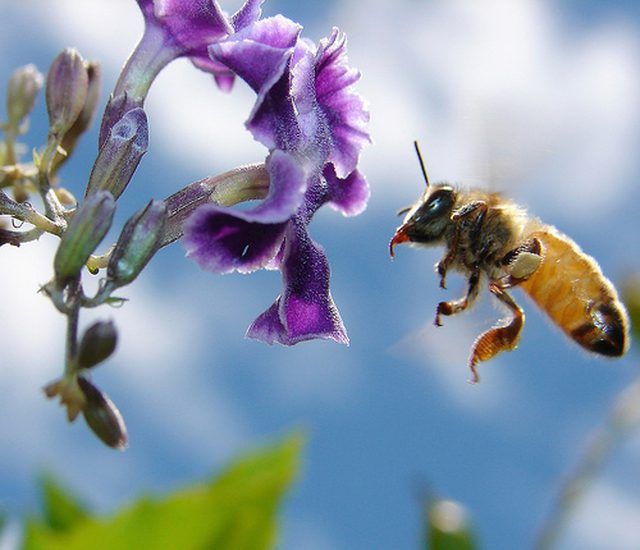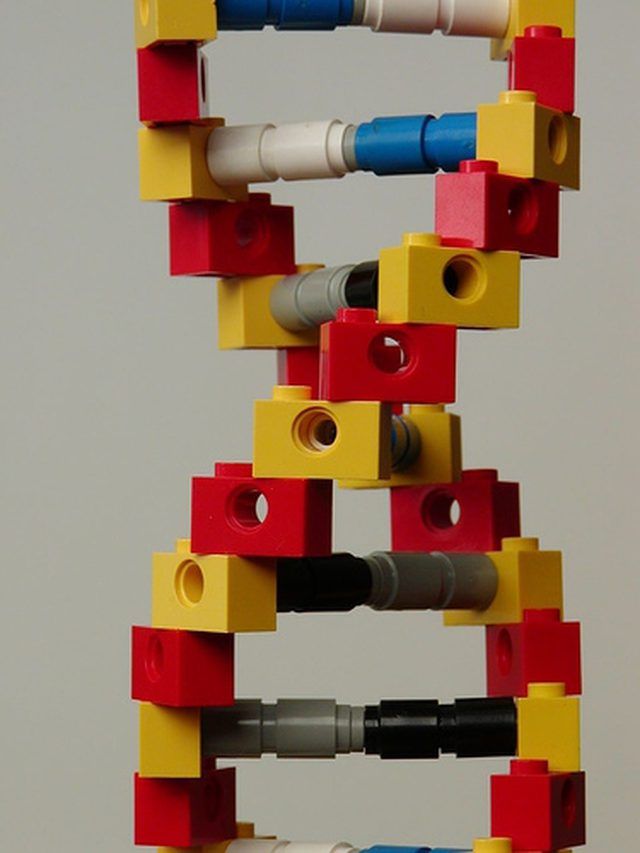Bulbs
Flower Basics
Flower Beds & Specialty Gardens
Flower Garden
Garden Furniture
Garden Gnomes
Garden Seeds
Garden Sheds
Garden Statues
Garden Tools & Supplies
Gardening Basics
Green & Organic
Groundcovers & Vines
Growing Annuals
Growing Basil
Growing Beans
Growing Berries
Growing Blueberries
Growing Cactus
Growing Corn
Growing Cotton
Growing Edibles
Growing Flowers
Growing Garlic
Growing Grapes
Growing Grass
Growing Herbs
Growing Jasmine
Growing Mint
Growing Mushrooms
Orchids
Growing Peanuts
Growing Perennials
Growing Plants
Growing Rosemary
Growing Roses
Growing Strawberries
Growing Sunflowers
Growing Thyme
Growing Tomatoes
Growing Tulips
Growing Vegetables
Herb Basics
Herb Garden
Indoor Growing
Landscaping Basics
Landscaping Patios
Landscaping Plants
Landscaping Shrubs
Landscaping Trees
Landscaping Walks & Pathways
Lawn Basics
Lawn Maintenance
Lawn Mowers
Lawn Ornaments
Lawn Planting
Lawn Tools
Outdoor Growing
Overall Landscape Planning
Pests, Weeds & Problems
Plant Basics
Rock Garden
Rose Garden
Shrubs
Soil
Specialty Gardens
Trees
Vegetable Garden
Yard Maintenance
What Do Humans & Flowers Have in Common?
What Do Humans & Flowers Have in Common?. For hundreds of years, poets have written about flowers, using them to symbolize love and many other human emotions. Commonalities between humans and flowers may explain why the plants have such resonance in literature and popular culture.

For hundreds of years, poets have written about flowers, using them to symbolize love and many other human emotions. Commonalities between humans and flowers may explain why the plants have such resonance in literature and popular culture.
Sex
Like humans, many varieties of flowers engage in sexual reproduction. Flowers have ovaries, ovules, and stamens analogous to male and female sexual organs.
Scent
Like humans, who may wear perfume or cologne to attract a sexual partner, flowers produce scents to attract pollinators such as bees and moths.

Colors
Flowers come in a variety of shades and hues, as do human hair and skin. Flower color is guided by evolutionary processes; some colors more efficiently attract pollinators or deter pests.

DNA
All living things on Earth have DNA. DNA molecules, organized into genes and chromosomes, encode the essential natures of both humans and flowers.

Life
The most basic thing that flowers and humans share is life. Flowers and humans both are born, grow, reproduce, and then die. On the scale of the universe, there are not many things for which this can be said.